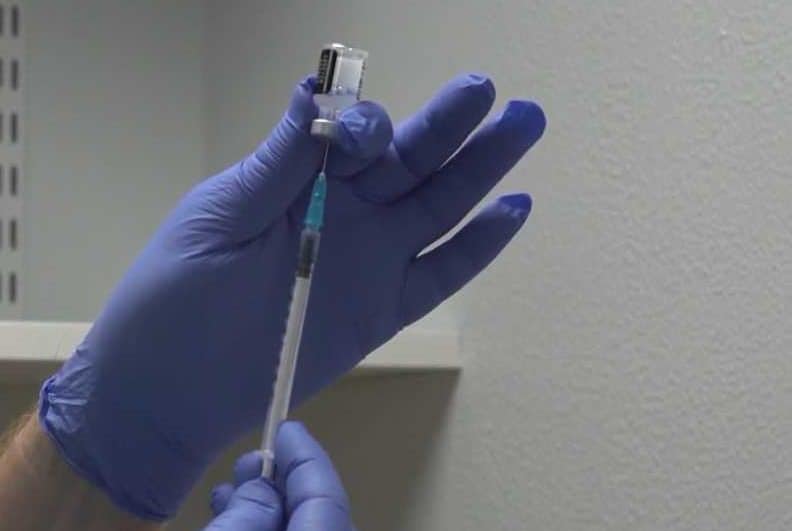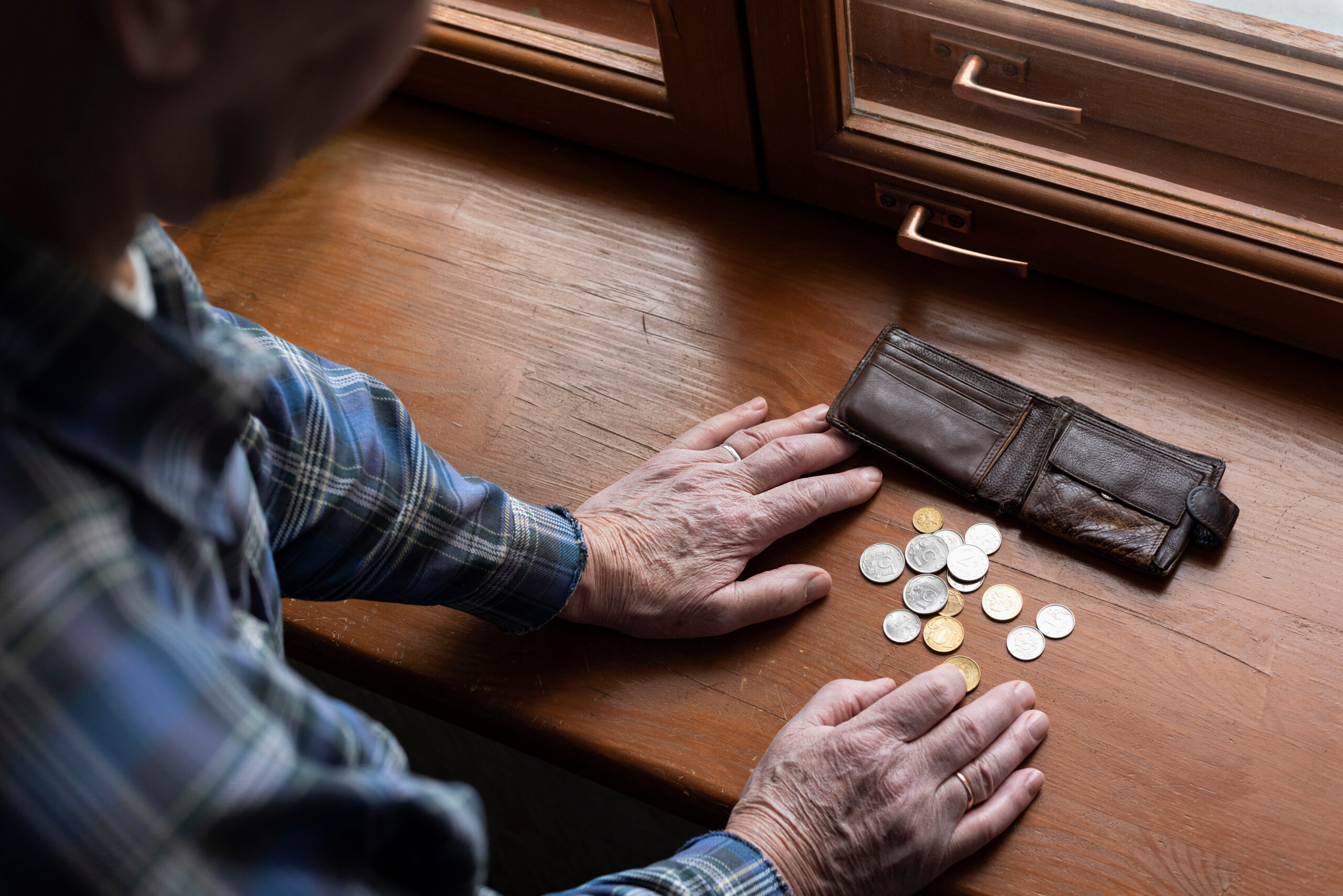The missteps in the COVID-19 vaccine distribution were predictable.
How could anyone expect better from a broken health care system riddled with barriers for people of color due to deeply rooted structural racism and bias?
For nearly a year, it’s been widely reported how the pandemic is disproportionately affecting Black and Brown communities across the country. Although Hispanics-Latinos make up a small fraction of the U.S. population, they account for an unfairly large proportion of COVID-19 cases and deaths.
In Massachusetts, Hispanics-Latinos make up 12.3 percent of the population, but more than 29 percent of COVID-19 cases and 7.6 percent of COVID-19 related deaths.
As the disease has unfolded, the Hispanic-Latino community has been put more at risk because many live in multi-generational homes with limited space; many are essential workers in businesses with a higher likelihood of being exposed; and many experience unequal treatment in the health care system.
So, it should not have been a surprise that, when the vaccine was finally made available, Hispanics-Latinos were once again left out. And while the federal government provided guidance on which groups to prioritize for vaccination, it left it up to the states to determine who got to the front of the line.
According to Massachusetts’ weekly vaccine report, as of the end of February, 4.3 percent of the first-dose shots administered in the state have gone to Hispanic-Latino residents. White residents have received 16 times more doses than Hispanic-Latino residents, and 13 times more doses than Black residents.
“These are the communities that have suffered greater impact and greater burden from the disease and who have less access to the vaccine,” Carlene Pavlos, Vaccine Equity Now! Coalition said in an interview with the Boston Herald. “That is a classic definition of inequity.
Massachusetts’ initial vaccine rollout first reflected what was happening across the country: prioritizing doses for senior citizens, but at the expense of distributing the vaccine equitably. A much higher percentage of the state’s white population is 65 or older when compared to the Hispanic-Latino population, which skews younger.
Democratic State Senator Sonia Chang-Diaz is critical of Republican Governor Charlie Baker’s management of the vaccine distribution.
“With white residents more likely to live past the age of 75, more likely to be digitally literate, more likely to be proficient in English, more likely to own a car, and more likely to have flexibility in their jobs”, Chang-Diaz says. “It’s clear who is getting those advantages in the state’s vaccine rollout.”
Baker has said the state is doing better than its peers. “We’re second in the country with respect to the percent of our Black residents who’ve been vaccinated and are several points above the national average for our Hispanic population as well,” the governor said.
During the COVID vaccine rollout hearing, last month, held by the Massachusetts Legislature’s COVID-19 and Emergency Management and Preparedness Committee – the governor alluded to the fact that vaccine hesitancy is higher in Black and Brown communities due to the legacy of medical racism.
A Kaiser Family Foundation poll released last month finds there’s vaccine hesitancy among vulnerable communities, most notably among Hispanics-Latinos, who worry about how quickly the vaccine was developed, and what unknown long-term effects it may have.
Other barriers to getting the COVID-19 vaccine are a lack of knowledge, government websites without Spanish language instructions, general difficulty getting appointments and, in some cases, fear of immigration enforcement. When Hispanics-Latinos get over this hesitancy, they still cannot find doses at community clinics or pharmacies.
The missing ingredient in the state’s community outreach strategy? Including the community in the decision-making.
The Vaccine Equity Now! Coalition has outlined a list of five demands, including hiring an equity czar and targeting distribution through local health departments and community health clinics, which Pavlos said: “know what is needed for outreach and engagement.”
In response to the shortcomings of the Baker administration’s outreach effort, a new initiative was introduced by the state last month focused on 20 communities, including Boston, Brockton, Chelsea, Fall River, Lawrence, Lowell, New Bedford, Springfield, and Worcester.
It is hoped that hiring local residents for neighborhood and business outreach will increase awareness of the vaccine’s safety and reduce barriers to vaccination.
Building community partnerships is key to engaging the community. Government, at the national, state, or local levels, cannot solve the coronavirus crisis alone.
Long before the pandemic, widespread disparities in health care by race and ethnicity exposed symptoms of deeper inequity and discrimination across our society. COVID-19 exacerbated these disparities in the Hispanic-Latino and other marginalized communities.
COVID vaccines must be more than a tool to fight a public health crisis. They must also be a tool to rebalance society’s responsibilities toward all its people, in every community. In that light, they must not be administered under the standard operating procedures of a top-down system that has historically failed at-risk communities.
The COVID-19 opportunity is in working toward health equity with inclusivity and transparency. We need to take a bottom-up approach to empowering the community, so that they take the lead on their own in implementing equitable vaccine programs, collecting data, educating about prevention, and promoting good health.
Anything less is second-class treatment continuing to bolster the already disparaging disparity of COVID-19 cases and deaths the Hispanic-Latino community is suffering.
(Publisher’s Note: The Community Can Deliver A Better COVID-19 Message Than Health Officials was first published on The Chicago Reporter as part of its Our Voices series.)




